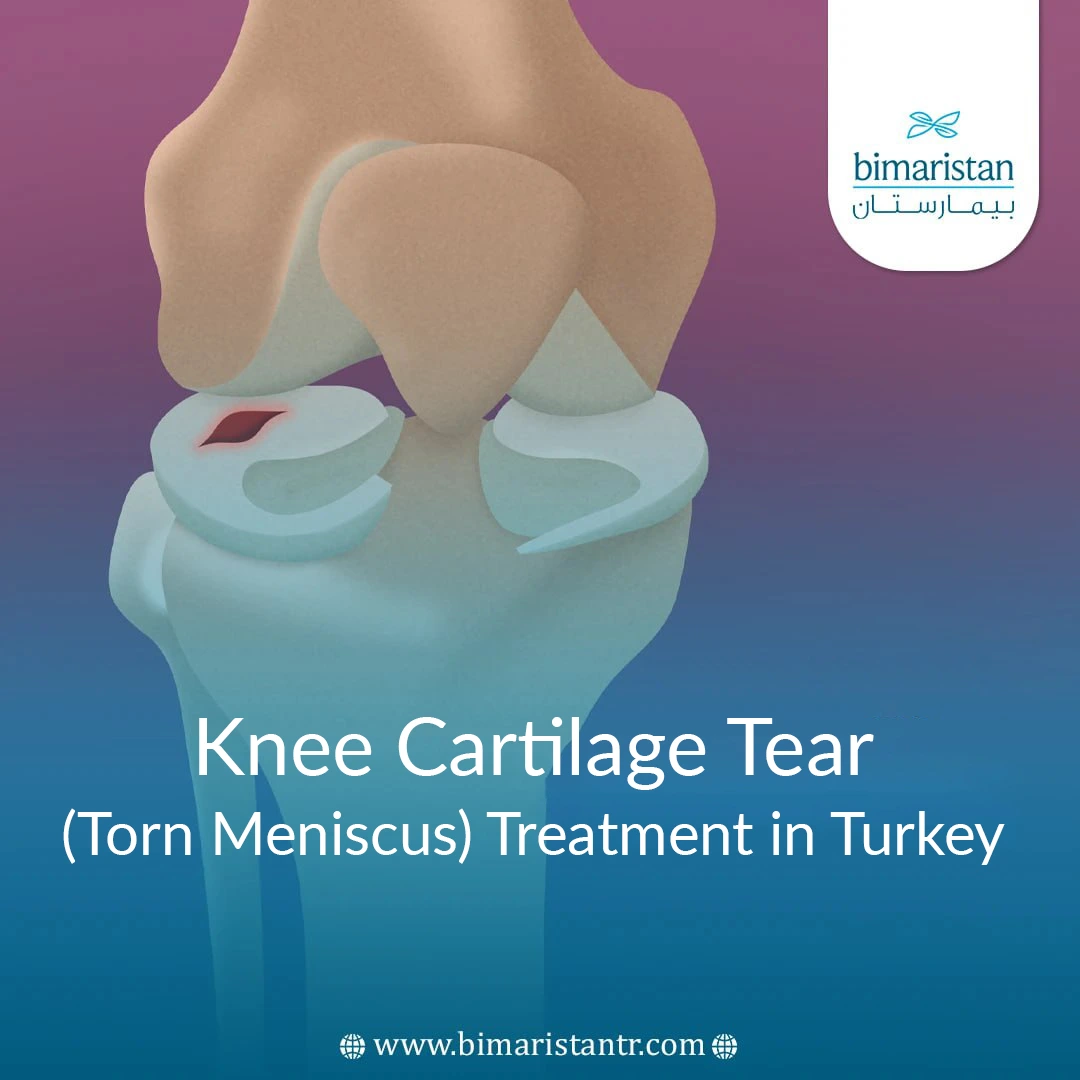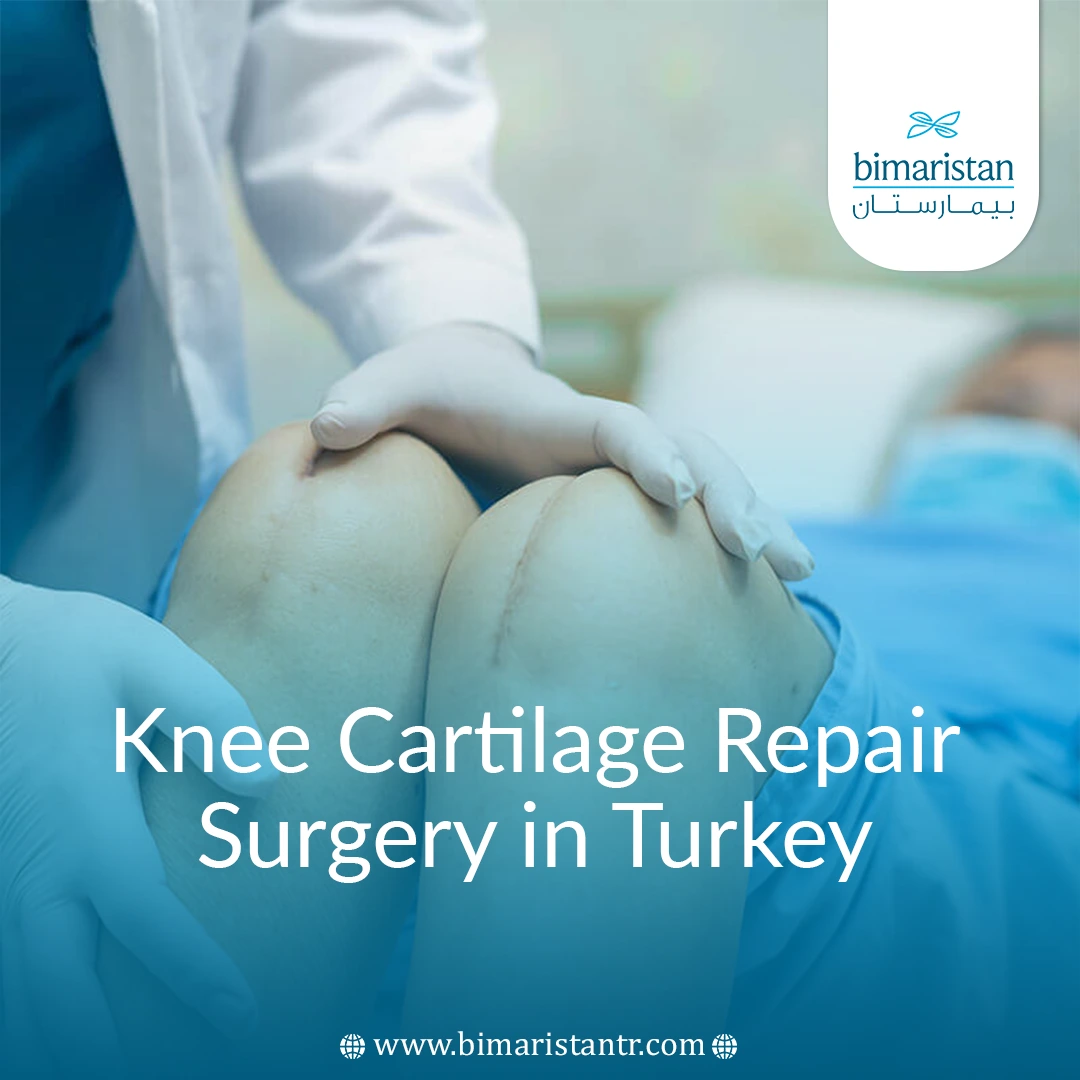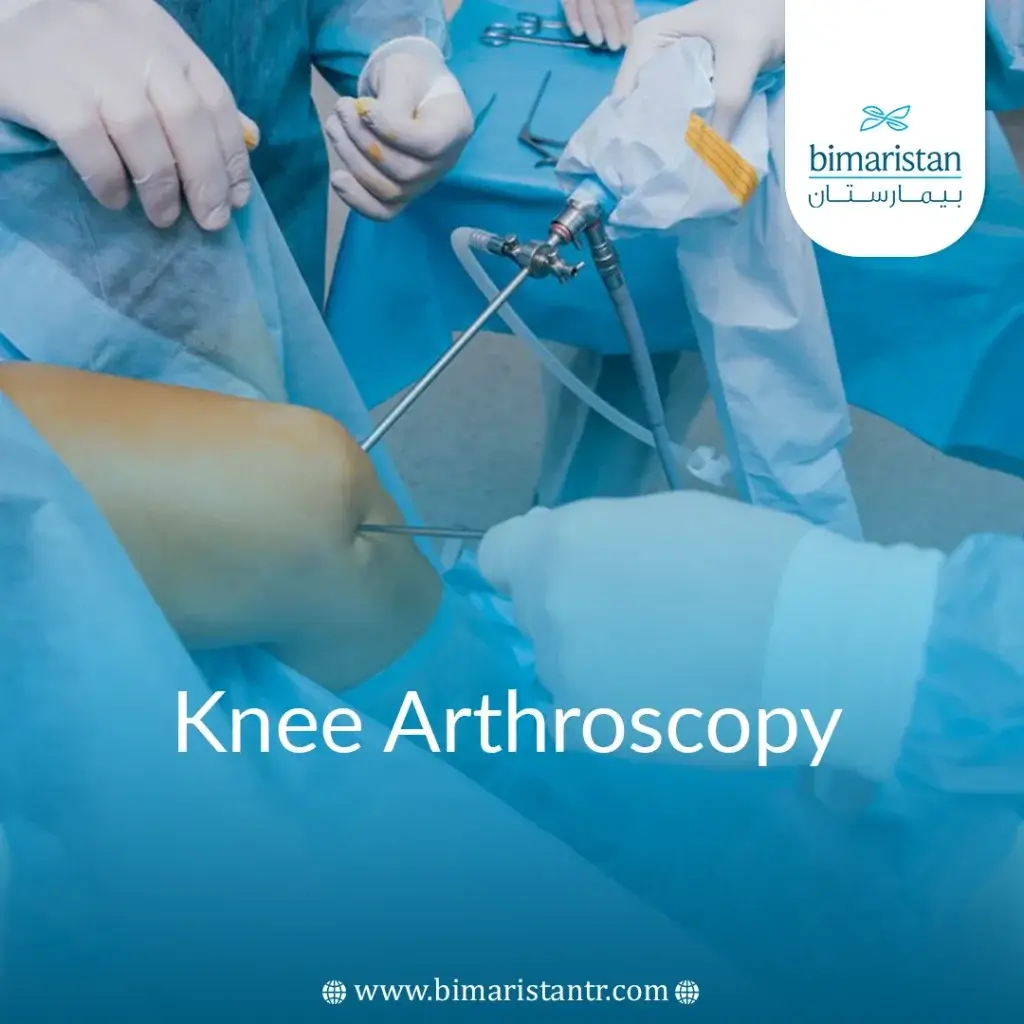Knee arthroscopy in Turkey—sometimes called a knee scan—is a minimally invasive medical procedure used on the knee joint to diagnose and treat knee conditions or injuries. It is performed using an arthroscope, a small surgical instrument with a light and camera at the end that is inserted into the knee.
During knee arthroscopy, your surgeon inserts a small camera, called an arthroscope, into your knee joint. The camera displays images on a video screen, and your surgeon uses these images to guide miniature surgical instruments.
Because the arthroscope and surgical instruments are thin, the surgeon can use very small incisions rather than the larger incisions needed for open surgery.
This results in less pain for patients, less joint stiffness, and often a shorter recovery time and return to favorite activities.
Your doctor may recommend an arthroscopic examination of the knee if you have a painful condition that doesn’t respond to nonsurgical treatment such as medications, cortisone injections, or physical therapy.
In particular, knee arthroscopy is often successful in reducing or eliminating pain associated with cartilage or soft tissue damage.
Many doctors and patients prefer a knee scan over other procedures.
This is because an orthopedic knee surgeon must only make a small incision to use an arthroscope.
There is usually less knee pain, less severe joint stiffness, and an easier recovery than other procedures.
Medical history and medications before knee arthroscopy surgery
You will be asked to complete a health questionnaire during your consultation and before the procedure.
You will also be asked for information about your past and current illnesses, previous operations, current medications, and any known allergies.
It is important to report any change in your medications or health condition.
Please take a list of your current medications and known allergies with you to Turkey and provide it to the anesthesiologist who will see you before surgery.
Anti-inflammatory medications such as aspirin, Aurodis, Feldene, Voltaren, and Naprosyn should be stopped 10 days before surgery as they may cause bleeding.
Celebrex and Vioxx may continue until the day before the procedure.
It is advisable to stop smoking for as long as possible before surgery.
Stop taking any natural or herbal medications 10 days before surgery, as they may also cause bleeding.
Continue with all other medications unless otherwise specified.
Tell your surgeon if you have any abrasions or blisters around the knee.
Please bring any X-rays, MRIs, or other tests you’ve had that may be relevant to your surgery.
Bring your medication list with you to give to the anesthesiologist.
The procedure is usually performed under general anesthesia, but the final decision is up to the anesthesiologist.
In most cases, you will be admitted to the hospital on the day of the procedure.
You will need to call the hospital on the business day before the operation to let you know the time of admission.
You will also be given instructions on fasting (i.e., you will be told when you should stop eating and drinking before surgery).
The anesthesiologist will see you before the procedure.
You must discuss your medical history, current medications, and any previous anesthesia issues with the anesthesiologist.
Feel free to discuss the type of anesthesia that will be used (usually a general anesthetic) with the anesthesiologist and its possible side effects and complications.
The procedure is usually performed under general anesthesia (i.e., you are asleep). At the end of the procedure, the knee is injected with a long-acting local anesthetic to reduce pain.
Knee arthroscopy in Turkey
Arthroscopic knee surgery is very similar to shoulder arthroscopy.
Knee arthroscopy may be used when making or confirming a diagnosis and performing surgery:
Diagnosis process:
Your doctor may order X-rays or other imaging tests if you have knee pain.
However, the doctor may need more information before moving forward with treatments such as surgery.
In this case, the doctor can use a knee scan to diagnose or confirm treatment.
To do this, the doctor makes one small incision and inserts a small arthroscope into the knee. The images can then be viewed on a video screen.
An example of how this is used is when a surgeon wants to see a torn meniscus to assess the extent of the damage.Surgery, also known as arthroscopic knee chondroplasty:
If arthroscopy is used for surgery, small incisions are made at various points around the knee joint in addition to the opening for the arthroscope.These additional incisions allow the doctor to insert small surgical instruments into the area as needed.
Using images from the arthroscope, the surgeon can repair torn ligaments, remove torn or damaged meniscus, remove bone fragments, or perform other treatments.
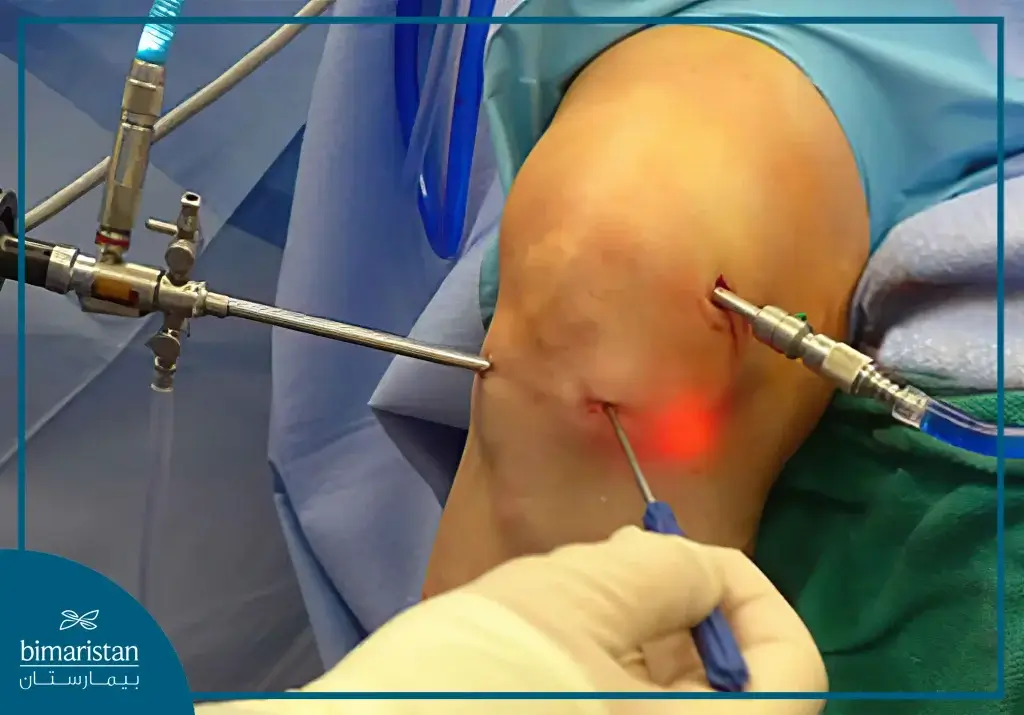
More about Arthroscopic Knee Surgery
Unless the patient has another medical issue, knee arthroscopy may be performed on an outpatient basis, so the patient will not need to stay overnight in the hospital.
Knee arthroscopy in Turkey generally takes 30 minutes to several hours, depending on the extent of the damage.
Knee arthroscopy for diagnosis only may take less time, while knee arthroscopy for treatment of osteoarthritis may take longer.
Before the knee arthroscopy, the patient will receive some anesthesia. The doctor and patient will determine whether local anesthesia (numb knee only), regional anesthesia (numb from the waist down), or general anesthesia (putting the patient to sleep) is best.
After Knee Arthroscopy
After arthroscopic knee surgery, the surgeon will close the incision
. Sometimes, only small strips of tape are needed.
Other times, one or two small stitches will be needed.
Afterward, the patient rests in the recovery room for several hours.
A physiotherapist will also visit you in the ward after surgery.
He will show you some exercises to do. The hospital’s physiotherapist will provide crutches if they are required.
A motor vehicle may not be driven for 24 hours after general anesthesia
. So you will need to arrange other transportation home from the hospital
. It is best to go home with a relative or friend. You can resume driving only when your knee is comfortable, and there are no restrictions on operating your vehicle.
At home, the patient will follow the doctor’s instructions, including taking certain medications, elevating the knee, getting plenty of rest, and eventually exercising.
Usually, the patient can return to light activity within a few weeks, although each patient is different.
You can exercise at home up to the point of mild discomfort. This is unlikely to damage your knee. For the first few days after surgery, avoid deep squats, kneeling, and spending too much time on your feet.
It is important to keep the leg as elevated as possible in the days following surgery.
It is recommended not to travel long distances by car or plane for at least two weeks and preferably six weeks after surgery because prolonged travel can increase the risk of blood clots forming in the leg.
Injuries, overuse, weakness, or aging can hurt your knees, leading to increased pain and discomfort.
While recovery from knee arthroscopy is faster than that from traditional open knee surgery, it is important to follow your doctor’s instructions carefully after returning home.
What are the benefits of knee arthroscopy?
Knee arthroscopy is an effective tool for diagnosing joint conditions and confirming the treatment of knee conditions such as meniscus tears and cartilage wear. It can also be used to treat osteoarthritis.
Arthroscopy can ultimately provide relief from knee pain and improve mobility.
Maintaining a normal, active lifestyle with greater comfort is one of the main benefits of this procedure.
Knee Arthroscopy Complications
The complication rate after laparoscopic surgery is very low.
If complications do occur, they are usually minor and easily treated. Possible issues after surgery with knee arthroscopy include the following:
- Infection
- Blood clots
- Knee stiffness
- Blood buildup in the knee
Knee Arthroscopy Side Effects
While knee arthroscopy is a safe procedure for treating knee injuries, patients should be aware of some risks. Depending on the patient’s condition and joints, these risks may include post-arthroscopic knee swelling and stiffness, bleeding, blood clots, infection, or ongoing knee issues.
What is the recovery time after knee arthroscopy?
The recovery period after arthroscopic knee surgery depends on the patient and their condition. In most cases, patients can return to office work within a week. Many return to a more active and normal lifestyle within one to two months.
Walking up the stairs after arthroscopic knee surgery
You can walk up the stairs after arthroscopic knee surgery two weeks after the operation.
You can walk for one week after a knee arthroscopy.
Pain management after arthroscopic knee surgery
After surgery, you will feel some pain. This is a normal part of the healing process. Your doctor and nurses will work to minimize the pain, which may help you recover from surgery faster.
Medications are often prescribed for short-term pain relief after surgery.
Many types of medications are available to help manage pain, including opioids, non-steroidal anti-inflammatory drugs (NSAIDs), and local anesthetics.
Your doctor may use a combination of these medications to improve pain relief, as well as reduce the need for opioids.
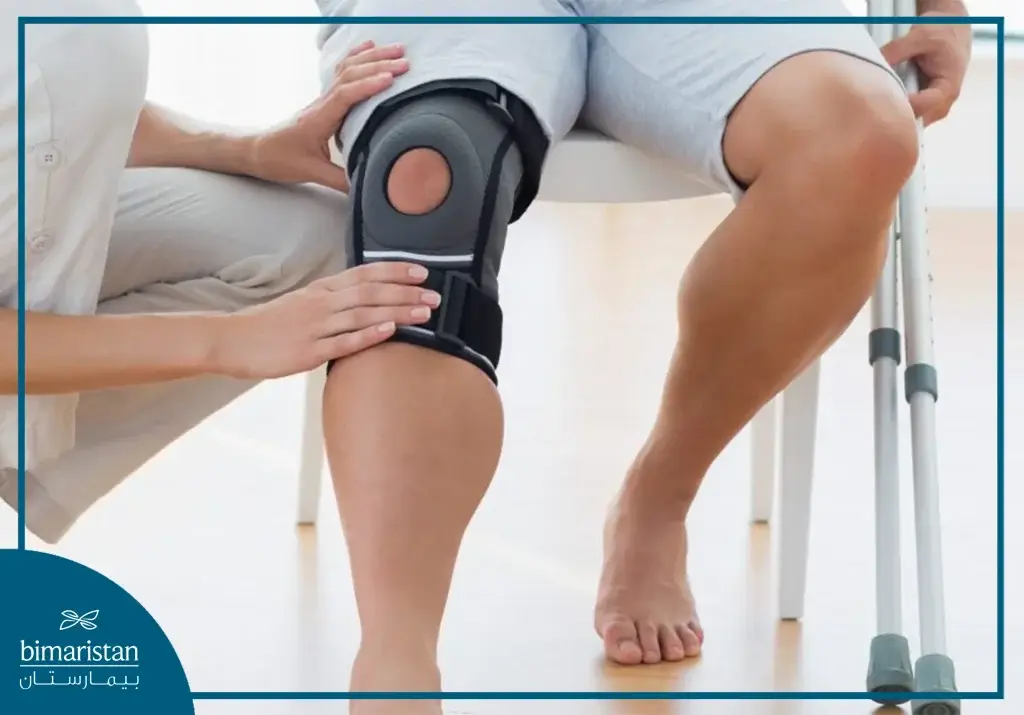
Be aware that although opioids help relieve pain after surgery, they are narcotics and can be addictive.
Opioid dependence and overdose have become a critical public health issue. It is important to use opioids only as directed by your doctor.
Once your pain starts to improve, stop taking opioids. Talk to your doctor if the pain doesn’t start to improve within a few days of surgery.
Excessive knee pain after arthroscopic surgery is usually caused by hyperactivity or spending too much time on your feet before the thigh muscles are sufficiently strengthened.
Excessive swelling can also cause knee pain.
The duration of pain after arthroscopic knee cartilage surgery may last about two months and gradually decrease, so this must be considered.
It is normal for the knee to be sore and swollen after arthroscopy. Activity should be increased gradually.
If the pain persists for a long time after the operation, the joint may need to be surgically replaced.
When can I walk after knee arthroscopy surgery?
After arthroscopic knee surgery, the patient can usually start walking slowly with crutches within 24 to 48 hours of surgery. The timing of regaining the ability to walk fully depends on the operation’s nature and the case’s complexity. In simple cases, the patient may be able to walk unassisted within one to two weeks. In more complex cases, the recovery process may take a longer period of 4 to 6 weeks.
It is always important to follow your doctor’s instructions and adhere to the prescribed physical therapy program to promote healing and avoid any potential complications.
Tips to minimize pain after knee arthroscopy
You should avoid walking or standing for long periods for the first few days.
If your knee is painful or swollen, you should avoid squatting, kneeling, or trying to bend it more than 90 degrees.
Reduce puffiness
Keep the leg elevated as much as possible after the procedure.
Apply an ice pack to the knee for 30 minutes at a time to minimize swelling and pain.
Anti-inflammatory medications can also help reduce swelling.
Initially, ice packs should be applied to the bandages. When the bandage is reduced, be sure to place a cloth between your skin and the ice pack to prevent ice burn.
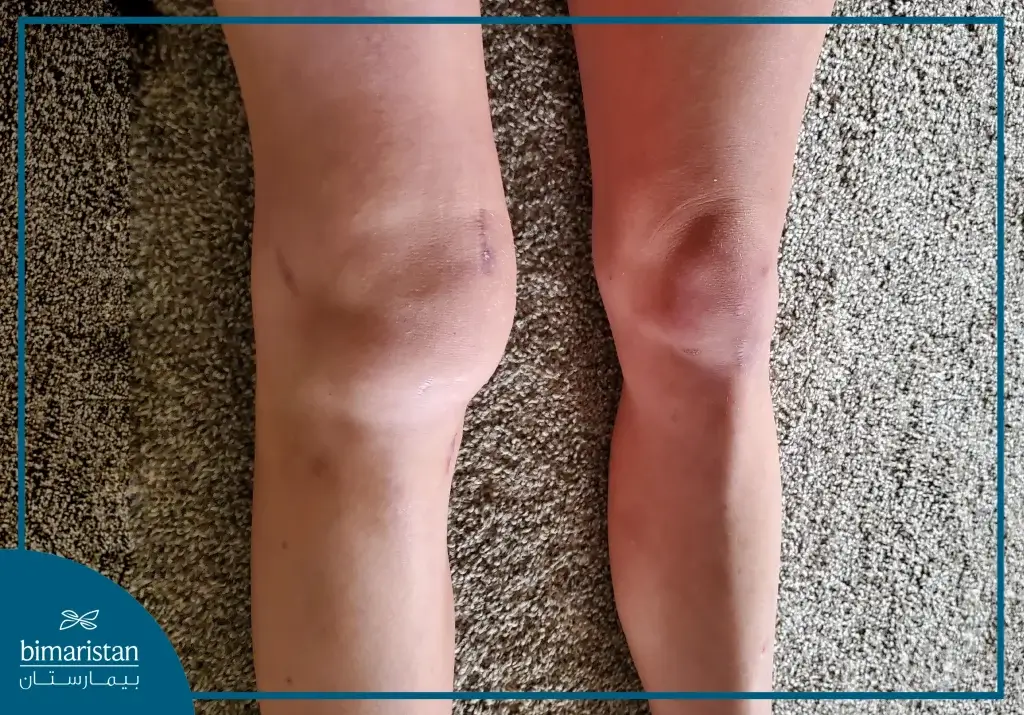
Dressing care after arthroscopic knee surgery
You will leave the hospital with a bandage covering your knee.
Keep your wounds clean and dry.
Your surgeon will tell you when you can shower and when the bandage needs to be changed.
Your surgeon will see you in the office a few days after surgery to check your progress, review your surgical results, and begin your postoperative treatment program.
Knee exercises after arthroscopic surgery
You should exercise your knee regularly for several weeks after surgery.
This will restore mobility and strengthen your leg and knee muscles. Physical therapy after arthroscopic knee surgery is very helpful in prolonging the procedure’s benefits.
The results of arthroscopic surgery depend on the results of the arthroscopy and the underlying condition of the joint before the operation.
In cases of meniscus tears with no other damage to the joint, the results are usually excellent (there may be a long-term tendency towards arthritis as one of the shock absorbers in the joint has been damaged).
Symptoms are likely to persist in patients who have been found to have damage to the articular cartilage (which lines the joint).
This is because the underlying condition is likely to be intermittent.
Patients with osteoarthritis are unlikely to get complete relief from symptoms after arthroscopic surgery.
Arthroscopic surgery for osteoarthritis can help if there is a meniscus tear or loose cartilage in the joint, but it does not affect the underlying condition, which is likely to progress gradually and require joint replacement.
Sometimes, arthroscopic surgery for osteoarthritis can make symptoms worse for months.
The results in these cases are sometimes disappointing, with worsening symptoms, but they can provide excellent relief for some patients.
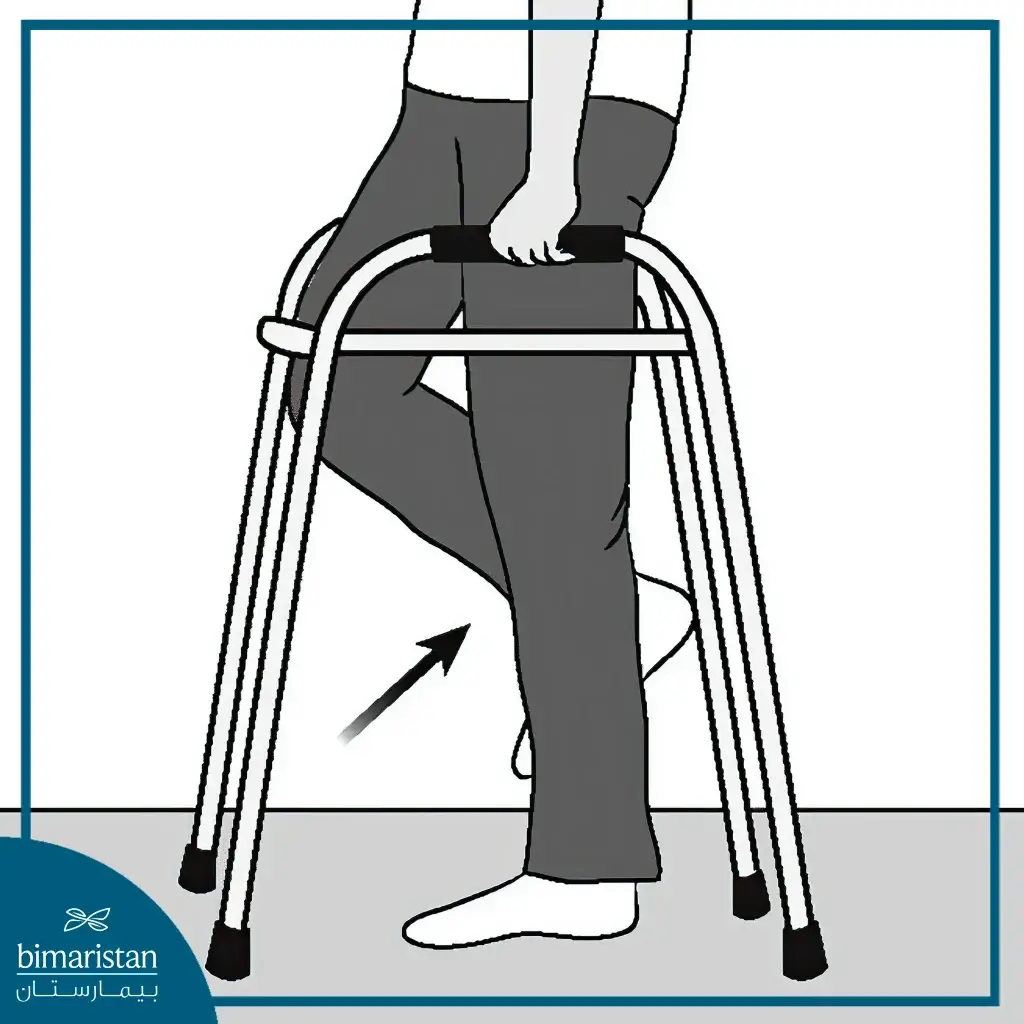
Playing sports
It is helpful to do some quadriceps exercises before the operation. These exercises are designed to keep the quadriceps (the front thigh muscles) strong. It is also very important to continue these exercises after surgery.
Exercising to the point of mild pain is reasonable and unlikely to cause any damage to the inside of the knee.
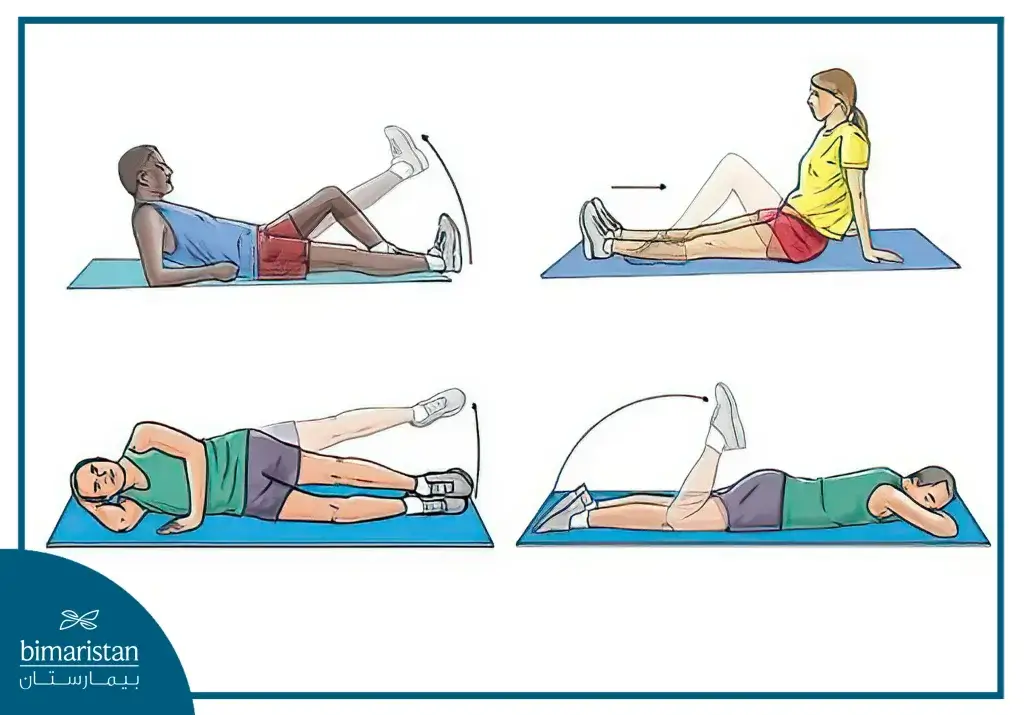
Driving after arthroscopic knee surgery
Your doctor will discuss with you when you can drive. Usually, patients can drive 1 to 3 weeks after the procedure.
Back to work
You can return to work as your knee function improves well enough to do your specific job. This does not mean that all discomfort should be resolved, as there will be some tenderness around the incision sites. Having knee discomfort for several weeks after arthroscopic surgery is normal.
Recovery from this procedure involves minimizing swelling, strengthening muscles, and reducing pain.
Knee arthroscopy is a safe and effective procedure. Each knee is unique, so healing time and results may vary. While complications are rare, they can occur. If you have any questions about the surgery, consult your doctor beforehand.
Collaborating with a physical therapist can enhance your recovery. Therapeutic exercises are crucial for rehabilitation, and a structured physical therapy program may lead to better outcomes.
Knee Arthroscopy Price
The price of a knee arthroscopy varies depending on the type of damage found in the joint, and diagnostic cases cost around $3500 USD. It increases by about 1000 dollars if the ligaments are torn and must be sewn up. It increases by $1,000 in the case of stem cell injections.
Many individuals can return to full, unrestricted activities after knee arthroscopy, with recovery depending on the specific damage present in the knee.
If ligament reconstruction is not performed, most people can resume physical activities within 6 to 8 weeks, or even sooner. However, high-impact activities may require a longer avoidance period.
For those with physically demanding jobs, it might take more time before returning to work. It’s important to discuss your timeline for a safe return with your doctor.
In some cases, lifestyle adjustments may be necessary to protect the joint. This could involve switching from high-impact exercises, like running, to lower-impact options, such as swimming or cycling, in consultation with your surgeon.
Occasionally, knee damage may be too severe for surgery to fully restore function.
Sources:
- Mount Sinai
- American Academy of Orthopaedic Surgeons
- Bupa UK



